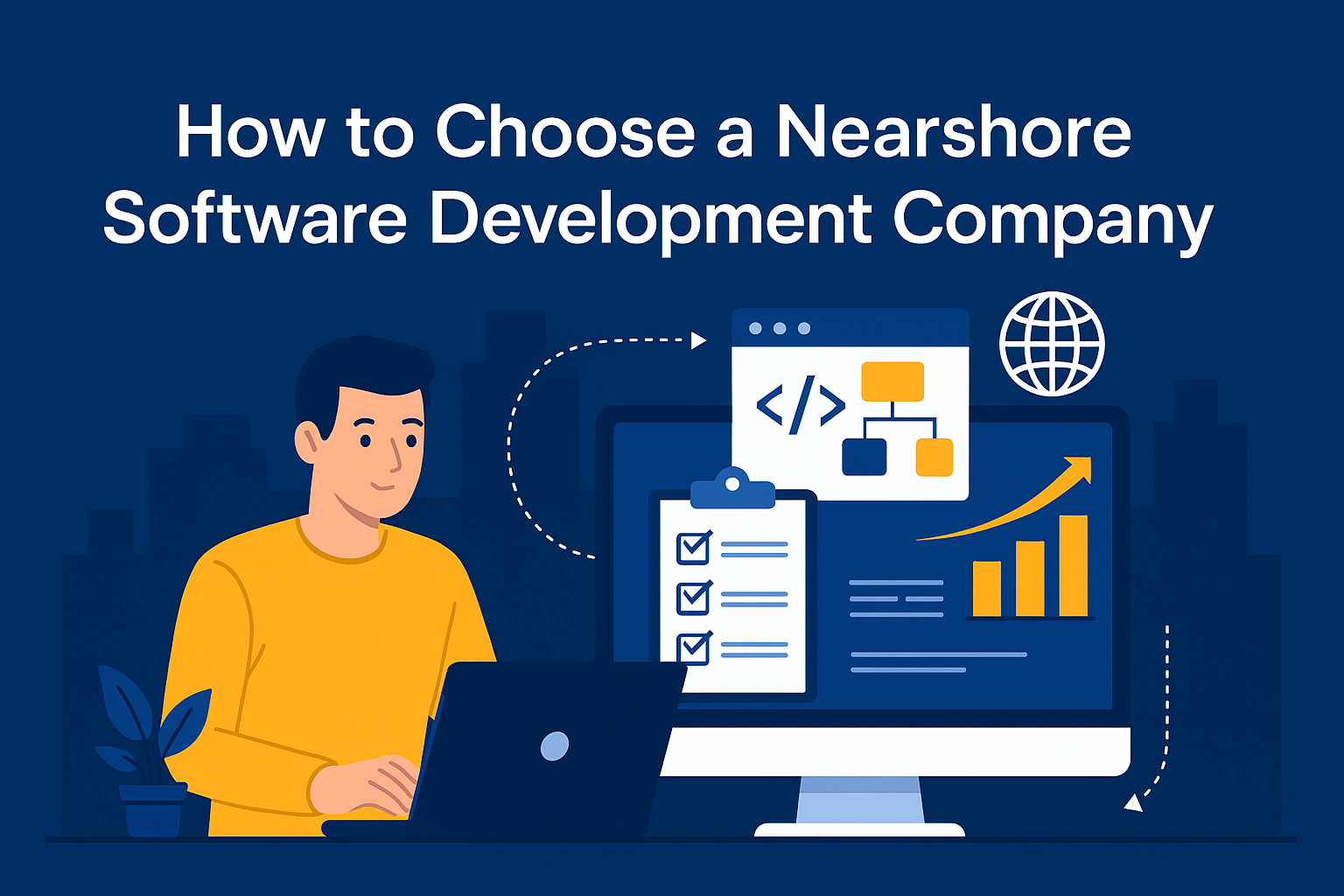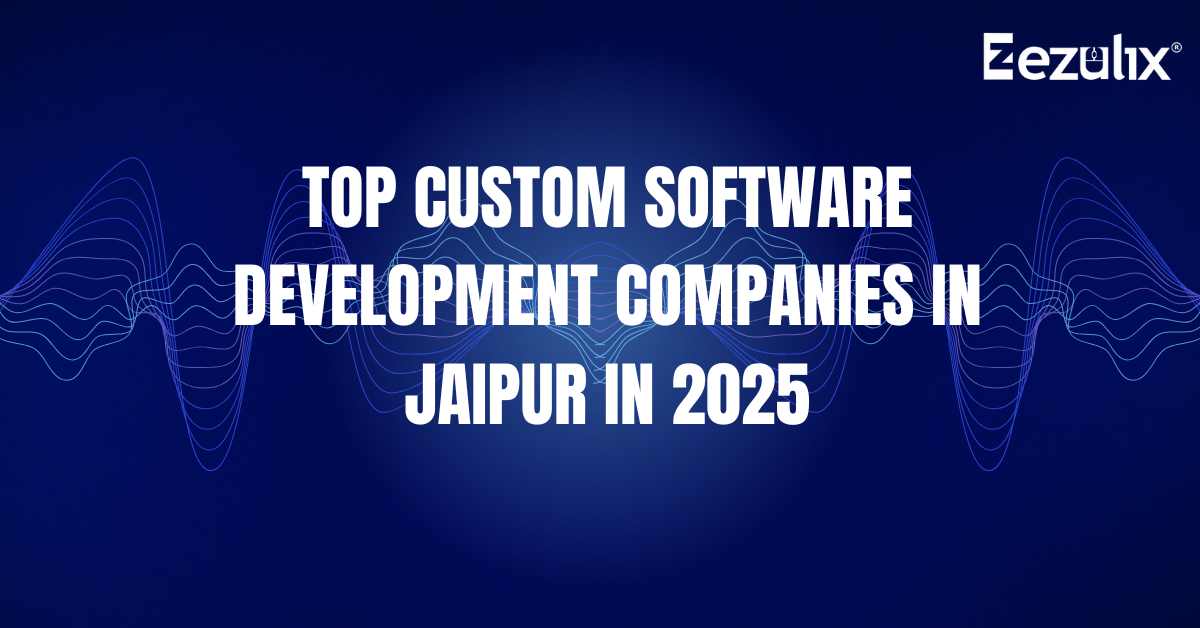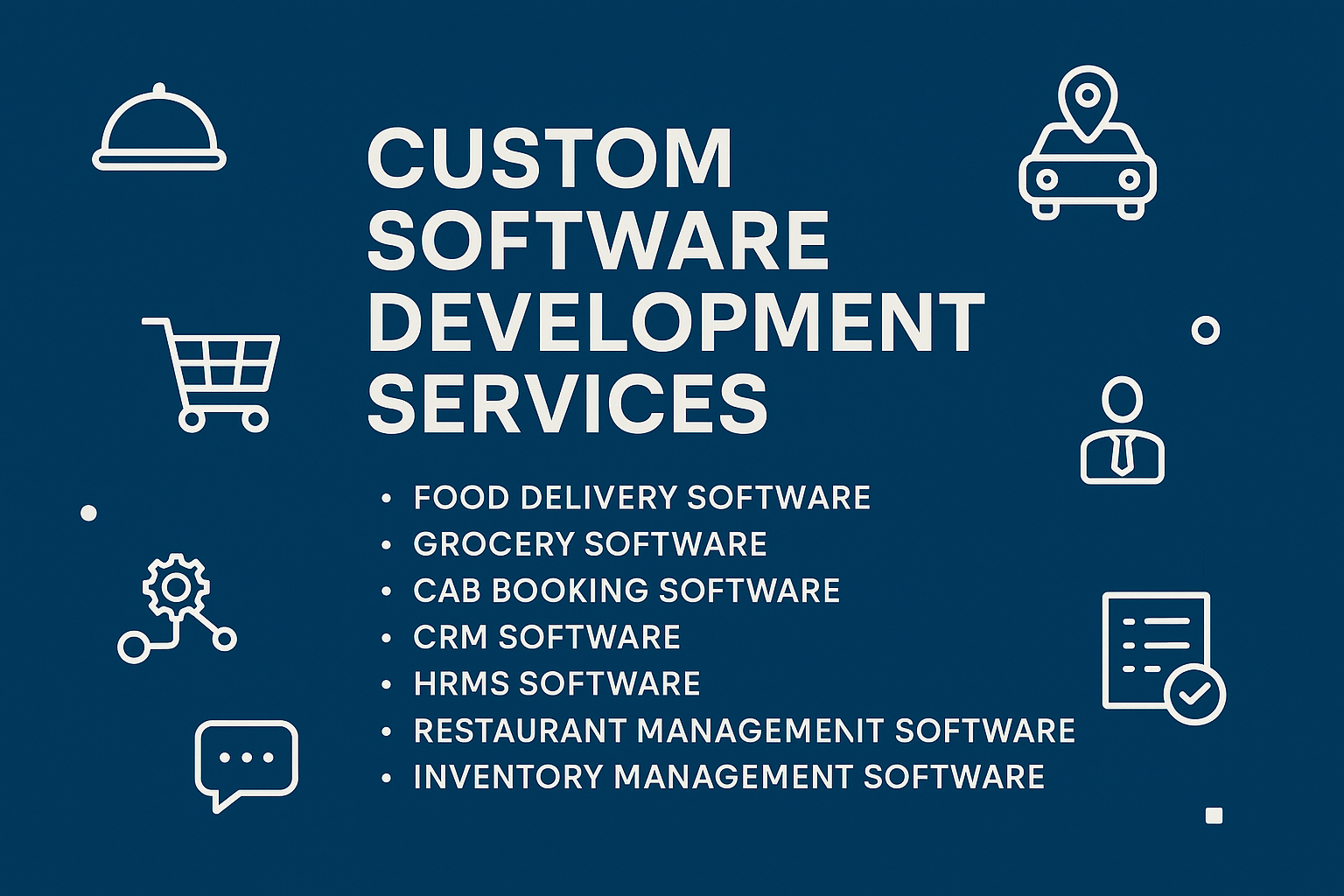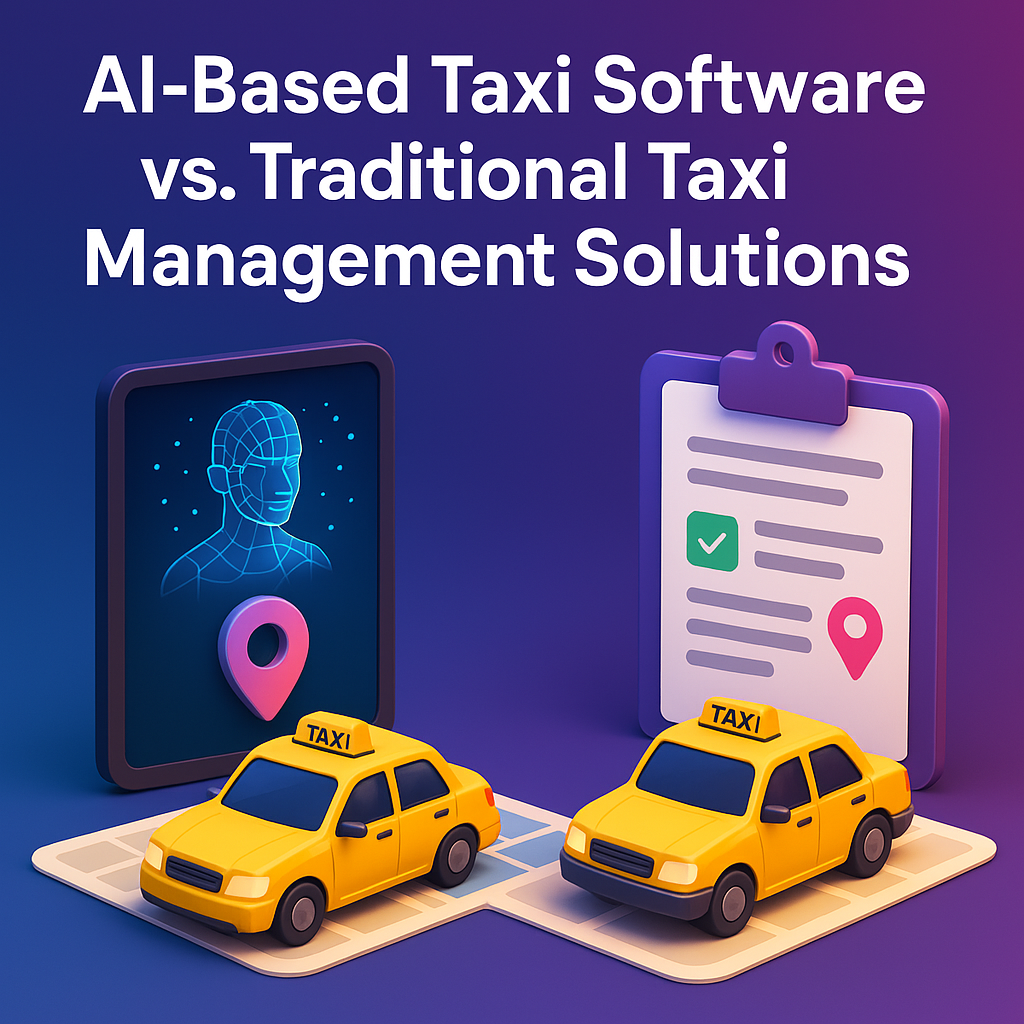Learning about the Food Delivery Business Model
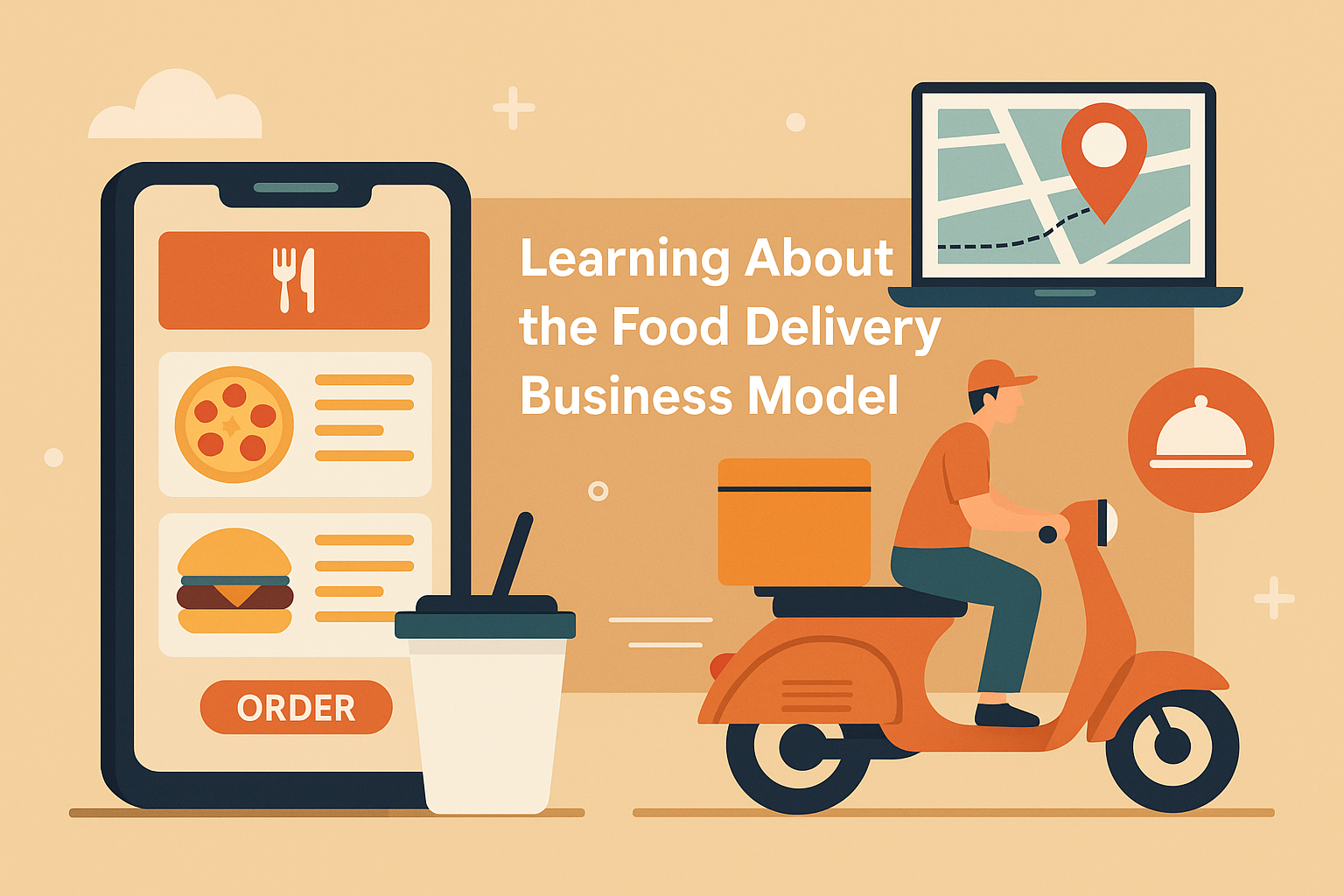
The food delivery business model is based on a simple yet compelling concept: bringing restaurants and customers together using digital technology. Rather than calling or going to a restaurant, customers place orders through an online food ordering system to view menus, order, and pay. Restaurants receive the orders using food delivery software, prepare the food, and deliver it to the customer location either directly or through delivery partners.
In this blog, we will dissect how the food delivery business model works, what makes it successful, and how the appropriate food ordering system can address actual customer issues.
How the Food Delivery Business Model Work?
The food delivery business model can be broken down into three primary parts:
1. Restaurants or Food Providers: This is where the food is prepared. Restaurants may either have their own delivery system or join third-party platforms such as UberEats or DoorDash.
2. Food Delivery Software: This software enables restaurants to process incoming orders, monitor delivery status, and modify menus. It acts as a middleman between restaurants and customers. It can be integrated with delivery apps, payment systems, and even customer service tools.
3. Customers: Customers order food through an online food ordering system. Be it a branded application or a third-party application, the system allows customers to browse the restaurant's menu, choose their food, and pay for it. Once the order is placed, the restaurant begins preparing the food for delivery.
The ordering-to-delivery process is smooth and quick, primarily due to the technology involved in food ordering software and food delivery systems. But let's dive deeper into each aspect.
Key Features of Food Ordering Software
For the food delivery business to function effectively, the software must possess some key features. Let's explore the most crucial ones:
1. User-Friendly Interface
Whether it's a restaurant manager or a customer, the system needs to be simple to use. A good order management system will have an uncomplicated interface with easy categories, prices, and navigation. For customers, that means a straightforward app experience where they can place orders without ambiguity. For restaurant staff, it means simple tracking of orders and effective management.
2. Order Management System
This is a critical feature for restaurants. The food ordering software must include a strong order management system that enables tracking orders from the moment they are placed until they're delivered. It must enable restaurants to update the order status (such as "Preparing" or "Out for Delivery"), allowing them to stay organised easily.
3. Payment Integration
Restaurant online food ordering systems must be able to integrate with various payment gateways to provide customers with options for flexible payments. Credit/debit cards, mobile wallets, or cash on delivery – whatever the mode, the system must be secure, seamless, and easy to use. This ensures restaurants do not have to face any problems related to payment processing, and customers also get a smooth experience.
4. Real-Time Tracking
One of the largest benefits of having food ordering software is the capacity to monitor the order in real-time. Restaurants and customers can monitor when the food is being prepared and when the delivery driver is approaching. This element provides a better customer experience and assists restaurants in handling deliveries effectively.
5. Menu Management
The menu should be easily updated using the food ordering software. Restaurants can easily add new items, change prices, or delete items without any difficulty. An updated menu makes sure that customers always know what they can get and can order accurately.
6. Delivery Management
Delivery management is an important aspect of the food delivery business. Whether restaurants have their own delivery staff or use third-party services, the software should be able to simplify the process. Features of delivery management may include the distribution of delivery drivers, determining delivery times, and routing optimisation to get the food to the customer on time.
7. Customer Support and Feedback
Each business relies on customer satisfaction, and food delivery businesses are no different. A food ordering software must include inbuilt customer support functionality such as live chat or ticketing systems. The software must also enable customers to provide feedback on their food and delivery experience, which allows restaurants to enhance their services.
The Role of Online Food Ordering Systems for Restaurants
Over the past few years, most restaurants have turned to online food ordering systems to manage their delivery business. This is because there has been a rise in demand for convenience and the popularity of food delivery apps.
With a trusty food ordering system, the reach of a restaurant can greatly be enhanced. It enables them to receive orders online through their website or app, thus cutting out the dependence on third-party platforms. Restaurants can thus retain more of their earnings rather than paying a commission to delivery companies.
Furthermore, an online food order system for restaurants can be tailored to meet the restaurant's brand. For instance, restaurants can use a branded app or website, which makes them differentiate from other similar competitors who do not have their own brand but use third-party sites.
Why Food Delivery Software Is Important?
Restaurant owners and customers alike need food delivery software. Restaurants use it to streamline operations, minimize mistakes, and provide improved customer service. It also allows businesses to expand — taking more orders, opening new locations, and providing promotions.
For the consumers, food delivery software provides seamless ordering, from menu browsing to delivery of food. Timely updates, simple payment, and speedy delivery all make customers satisfied and will lead to repeat business.
Conclusion
The restaurant delivery business model has changed the way we place food orders. With the growth of food delivery software and online restaurant food ordering systems, people today have an easier and quicker way to indulge in their preferred food. A good food ordering system can make the restaurant operation smoother, open more avenues for customers, and serve the clients better.
As the food delivery demand keeps growing, knowing the elements of this business model and the characteristics of the software behind it will enable restaurants and consumers to have an even smoother and more enjoyable experience.
Note: IndiBlogHub features both user-submitted and editorial content. We do not verify third-party contributions. Read our Disclaimer and Privacy Policyfor details.



